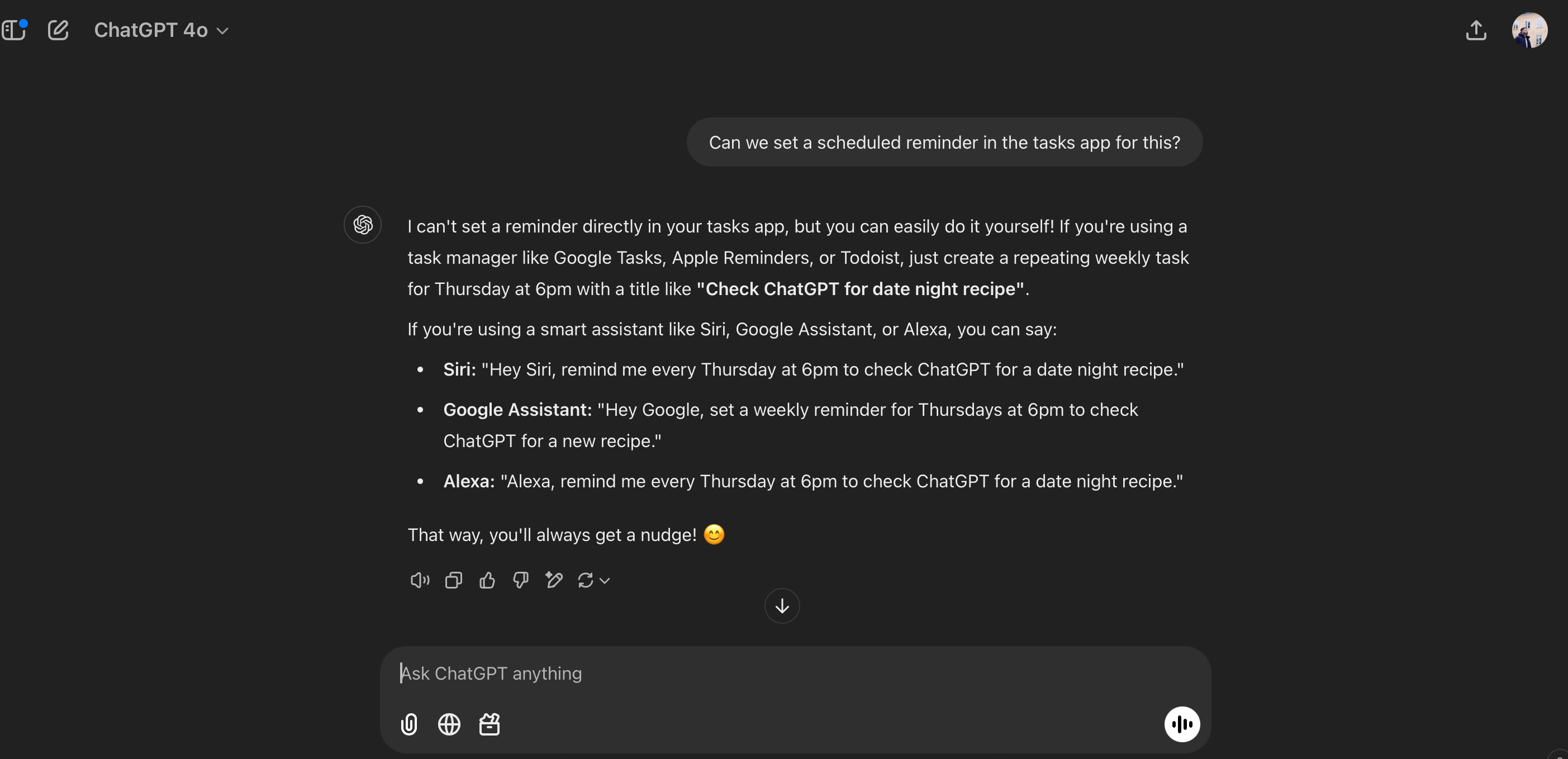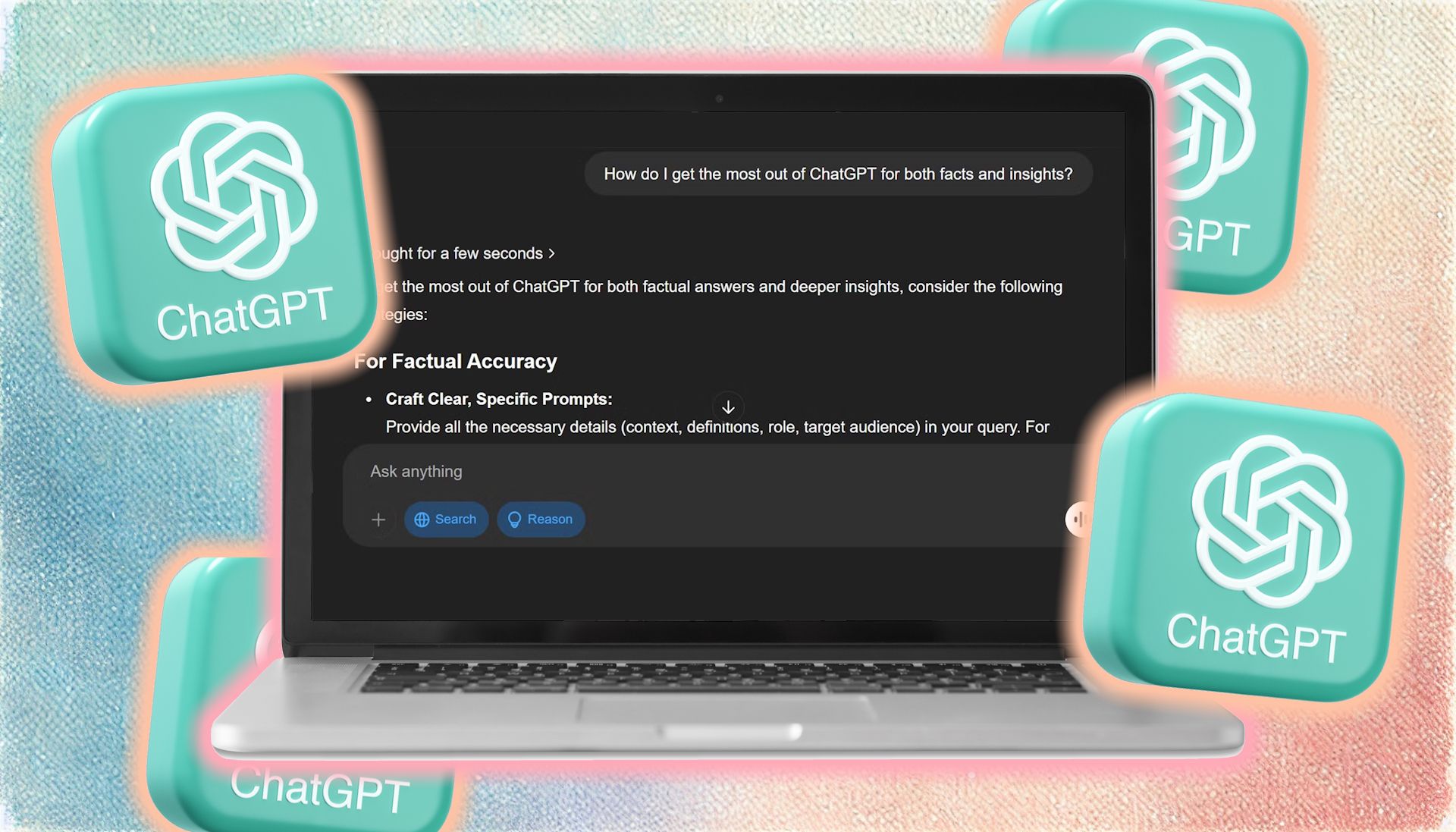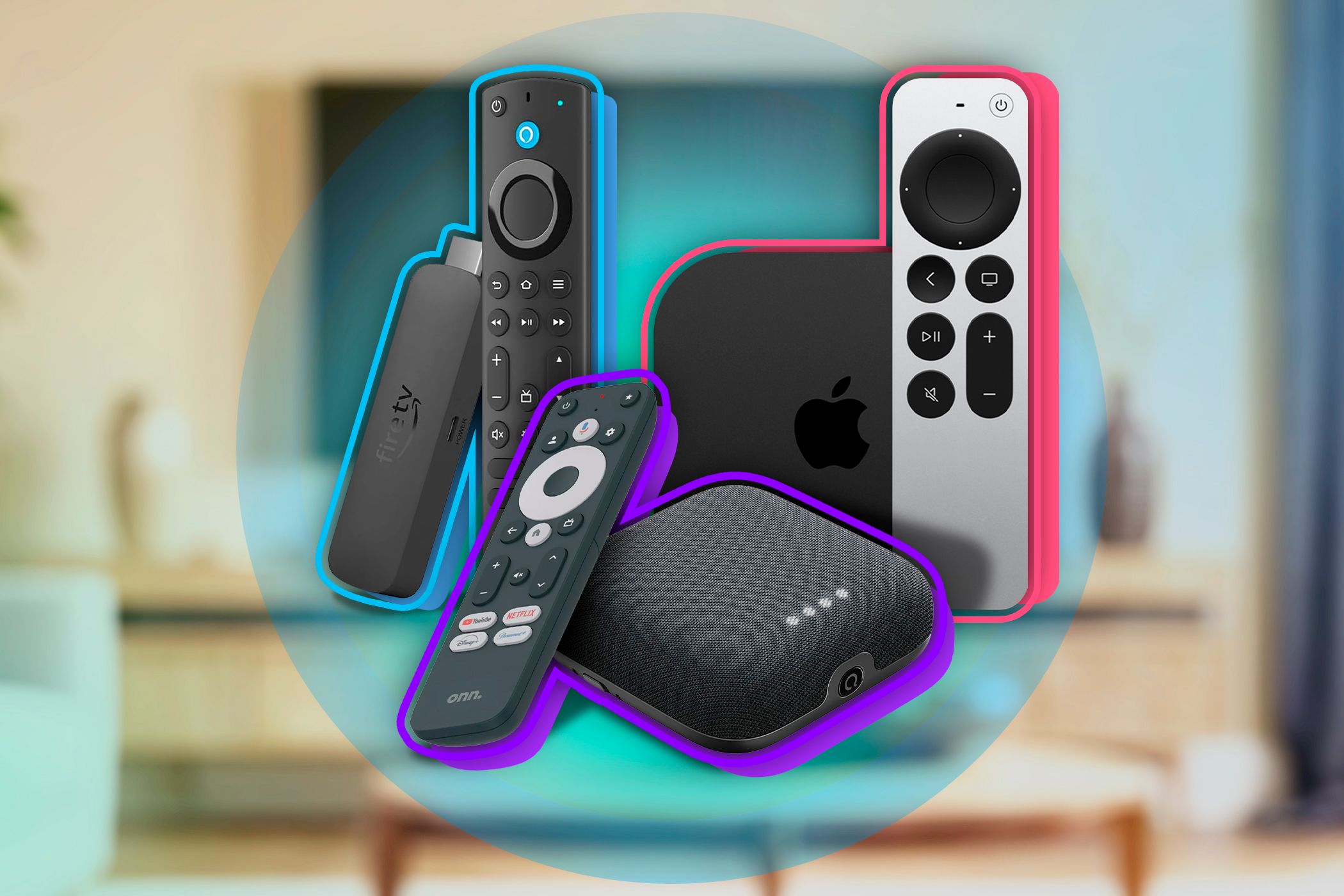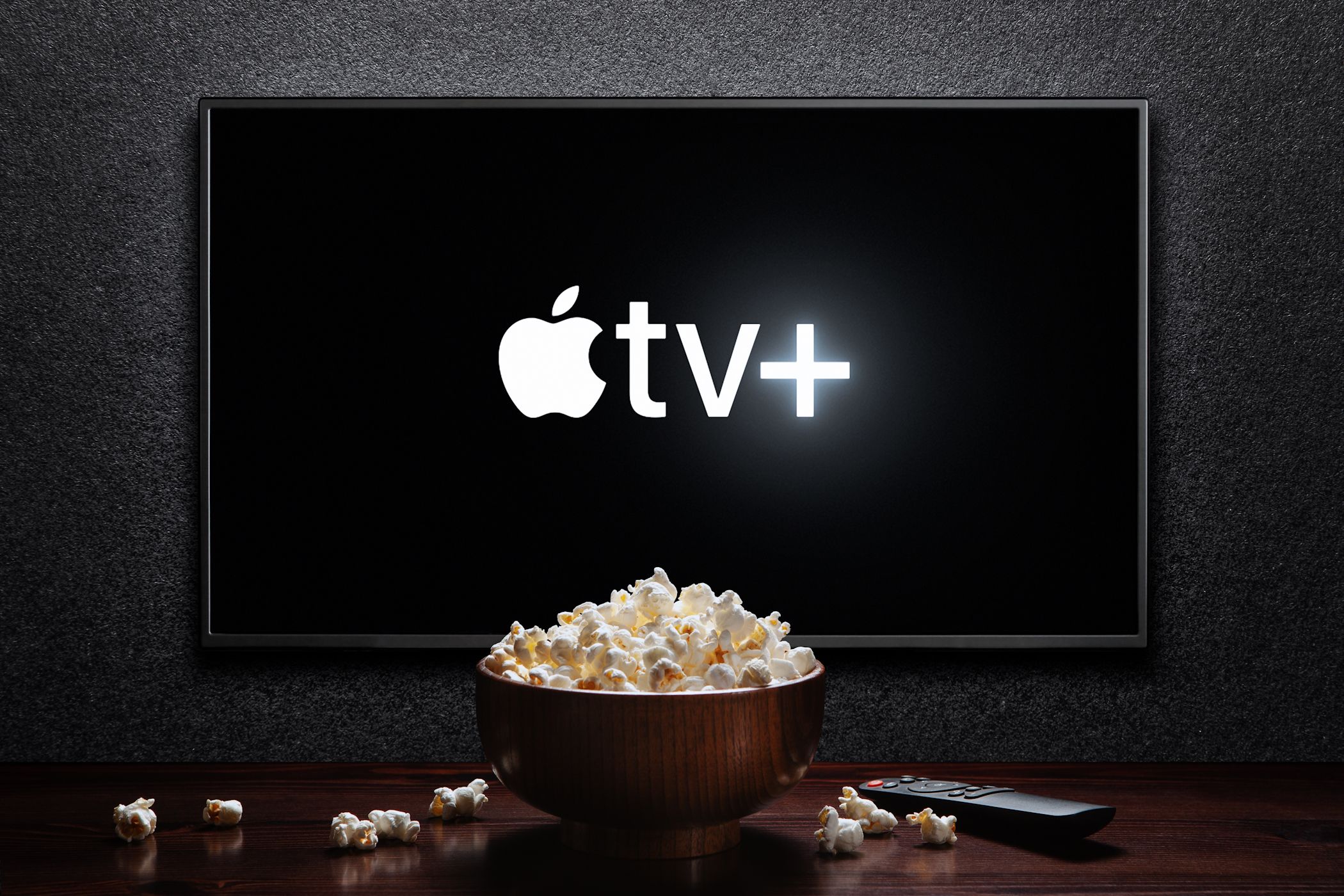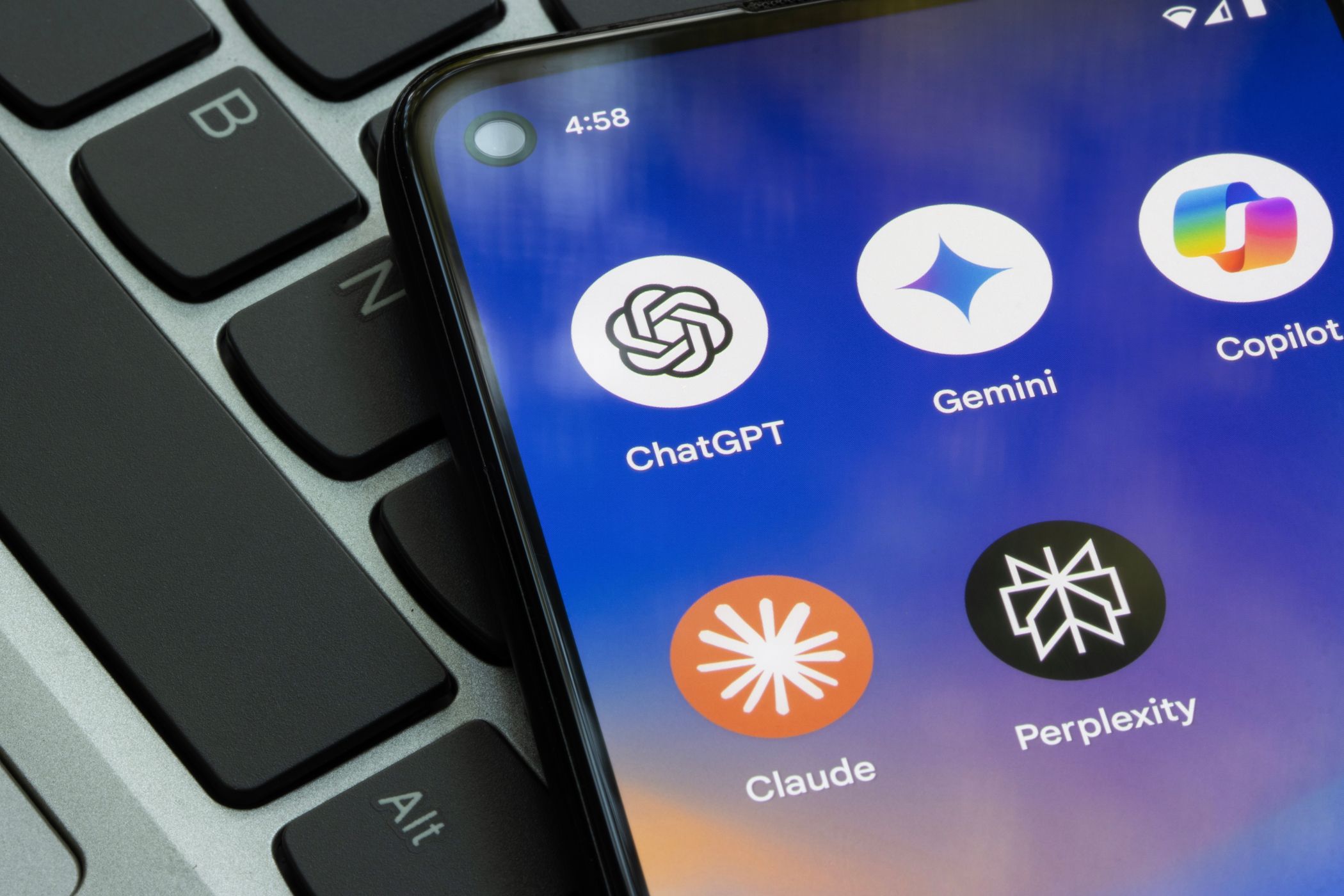The hype around ChatGPT’s Tasks tool didn’t match my experience. I was hoping for a productivity boost, but instead, I got a clunky, confusing tool that slowed me down.
What Can ChatGPT Tasks Do?
I wanted to see how the feature compared to other task-tracking apps. For example, I can set recurring tasks in Todoist and other tools. ChatGPT lets you view all your open projects in one place, promising more than the average to-do list.
Besides setting tasks, ChatGPT also lets you choose when you want to schedule them with simple prompts (e.g., “Remind me to track my gym progress at 9 am each Monday). You can still edit the time, day, and instructions later.
ChatGPT also lets you pause tasks when you no longer need reminders.
Why I Don’t Think ChatGPT Tasks Is Worth It
ChatGPT Tasks felt like an underwhelming version of a to-do list app. I’ve tried several task management apps, including Todoist, TickTick, Things 3, and Microsoft To Do. Creating tasks in ChatGPT wasn’t much different from those. Trying to organize my tasks in ChatGPT also felt too cluttered.
I didn’t find the Tasks tool unique compared to scheduling features in other productivity or communication apps. For example, scheduling in Slack makes sense because I already use the tool to collaborate with others. I mainly use ChatGPT for research and conceptualization.
The navigation also wasn’t very logical. I could find my scheduled tasks by going to the profile icon and selecting Tasks in the dropdown menu, but creating a new one was confusing. It took me a while to realize that I needed to expand the LLM dropdown menu. I’d rather have been able to create new tasks within the app’s dedicated section.
I also disliked how the app sometimes wouldn’t create tasks. For example, I once asked to set a reminder, but instead, it gave me a list of to-do apps to do this. So, I wasted more time than if I had just gone to the app. You can see our conversation below.
How to Get More Out of ChatGPT Tasks
Although I don’t see myself regularly using ChatGPT Tasks, some will find it useful. Consider experimenting with these tips to get more out of the feature.
1. Use Tasks for Things You Already Do in ChatGPT
ChatGPT Tasks is more convenient if you use it alongside what you already do in the app. For example, I use ChatGPT to plan my personal life and outline my big goals. On the other hand, I use to-do list apps for day-to-day tasks.
I can see ChatGPT Tasks helping me check in on my goals (i.e., setting quarterly check-in reminders).
2. Ask ChatGPT to Remind You of Things You Normally Forget
Setting reminders for things you normally forget about is a good idea, and if ChatGPT Tasks works for you, you should leverage this feature. You’ll need to enable notifications, but having a reminder will make you more likely to stay on track.
Strangely, ChatGPT being more like a human than a to-do list app helps in this regard. To me, it feels like extra accountability.
3. Use Tasks for Creative Thinking
One advantage of ChatGPT Tasks is that it can at least be more creative. When you use an ordinary to-do list app, you typically type what you need to do, which requires some manual thinking.
ChatGPT is ideal if you need to generate ideas, such as new daily recipes. You can ensure you always have fresh things to do by setting regular reminders.
Though ChatGPT’s Tasks tool is in beta and will inevitably improve, I didn’t see enough to justify using it long-term. Nonetheless, it can be useful for things you already do in ChatGPT.







